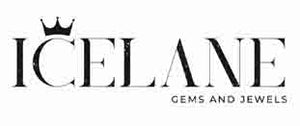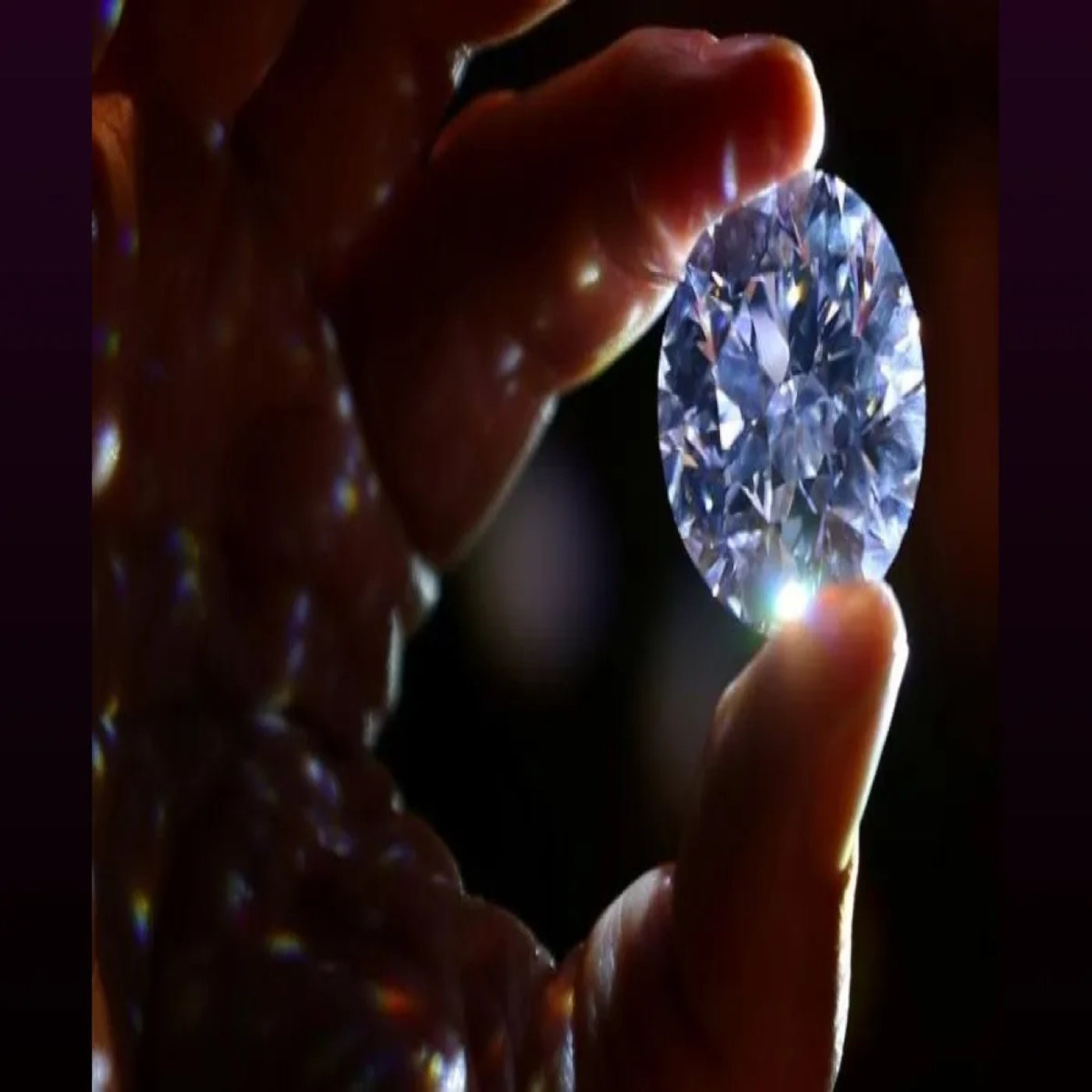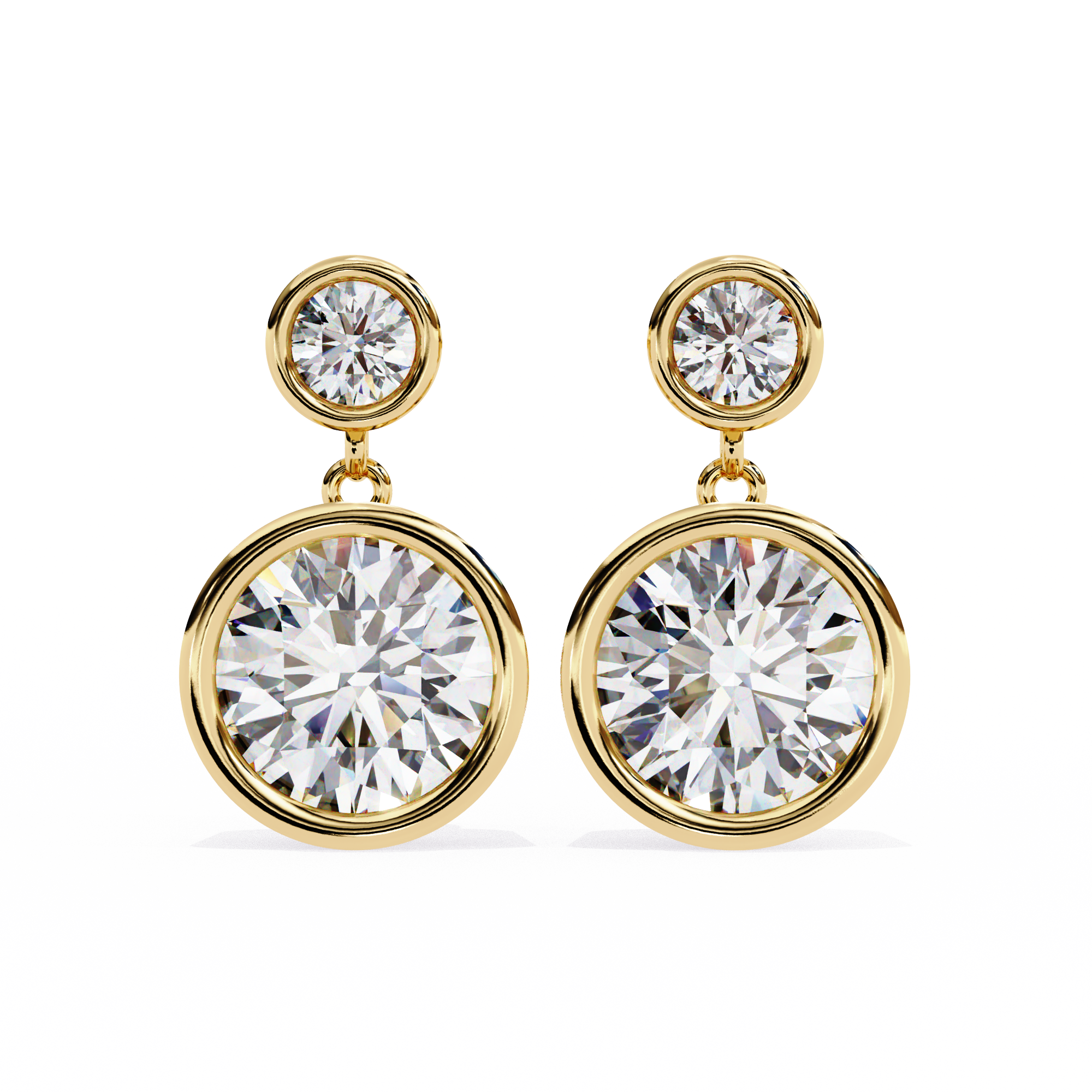It is true that as the world develops, rapid changes take place in some thing or the other, similarly today we will tell you about another big change in hero which includes the grading system of diamonds. There has been a change in the GIA lab grown diamond grading system which will be effective from 1 October 2025. For a long time Gemological Institute of America (GIA) has worked with its famous system 4C and has established the gold standard in grading but recently there has been a change in it, GIA is going to introduce a completely new grading system for Lab Grown Diamonds which it is very important for you to know about. But do you know that this will prove to be such a change which will start the party vision of the consumers and the human made heroes of the jewellery industry from a new direction.
You all must be knowing about the traditional 4C system which includes cut, colour, clarity and carat weight. Instead of this, GIA will now use a simple grading system which will really be effective. This new grading system includes two descriptive categories like Premium and Standard. This new change will bring a big difference in the stability and price of Lab Grown Diamonds. This blog is going to be very useful for you because in this we will tell you about GIA new grading system 2025.
Why GIA Is Moving Away From The 4Cs For Lab-Grown Diamonds –
You know that no two gems are alike, that is why 4Cs grading system is best for natural diamonds. Natural diamonds are formed under the earth so they have distinct characteristics and differences. But if we talk about Lab Grown Diamonds then they are different from natural diamonds and are made in a controlled environment, most of the diamonds remain in limited space in terms of colour and clarity. Lab-grown diamonds are not as rare as natural diamonds so the new grading system we are introducing gives consumers confidence.
How The New Grading System Works –
Under the new Lab grown diamond grading scale, lab-grown diamonds submitted to GIA will be evaluated very thoroughly and one of two categories will be used.
Premium Category
Only the very best lab-grown diamonds will get the “Premium” tag. For a stone to make the cut, it has to meet the top standards. In other words, not every diamond will qualify — only the ones that really stand out in terms of quality.
Color: D (the best possible grade)
Clarity: VVS (Very, Very Slightly Included) or better
Cut: Excellent (for round brilliant cuts only)
Polish & Symmetry: Excellent
Premium diamonds can be just as “perfect” as lab-grown diamonds.
Standard Category
If a diamond doesn’t quite reach the Premium level but still checks all the basic boxes for good quality, it’ll be placed in the “Standard” category. Basically, these stones still have to meet certain minimum requirements to be considered, even if they’re not the very top tier.
Color: E to J
Clarity: VS (Very Slightly Included) or better
Cut (round brilliant): Very Good
Polish & Symmetry: Very Good
Ungraded Stones
If a diamond doesn’t even meet the minimum level for the Standard category, it won’t get a grade at all. In that case, GIA will just charge a small fee for the evaluation.
Reports, Fees, And Laser Inscriptions
Under this new system, each lab-grown diamond will be accompanied by:
A printed quality assessment report.
A laser inscription on the belt will state "Lab-Grown" along with the GIA assessment number.
The fees are designed to be reasonable –
Applies to all diamonds 0.15 carats and above
$15 per carat (minimum $15)
$5 evaluation fee for stones that cannot be graded
This makes the system accessible not only to high-end jewellery manufacturers but also to retailers and consumers buying smaller gemstones.
How GIA Diamond Grading 2025 Update Affects The Jewelry Industry –
The introduction of this new grading system has significant implications for the Jewellery Industry.
Industry Divisions
IGI says it will continue to use 4C for lab-grown diamonds, while HRD Antwerp has stopped offering LGD certification altogether, indicating that grading methods are diverging globally.
Clarity In The Market
The advantage of this new grading system is that it will now be much easier for consumers to understand the quality of lab grown diamonds and they will not have to get tangled up in reports to see whether a gem is premium or standard.
Impact on Indian Diamond Trade
This new system has a tremendous impact on the Indian Diamond Trade. India, a hub for natural and lab-grown diamonds, is welcoming this change. Jewellers believe that this will boost consumer confidence and make buying decisions easier.
Final Thoughts
The new GIA grading system for lab grown diamonds is a bold move that will do no harm, but will only benefit, it recognizes the growing diamond industry. The traditional 4Cs have been removed and the GIA lab grown diamond grading system has been implemented. Both consumers and industry will benefit from this, easier purchasing decisions for consumers and more transparency for the industry.
At Ice Lane, our goal is to make sure customers really understand what these changes mean. We’re here to guide you, whether you’re leaning toward a Premium lab-grown diamond for that extra sparkle and brilliance, or a Standard one that still looks beautiful while being easier on the budget.




